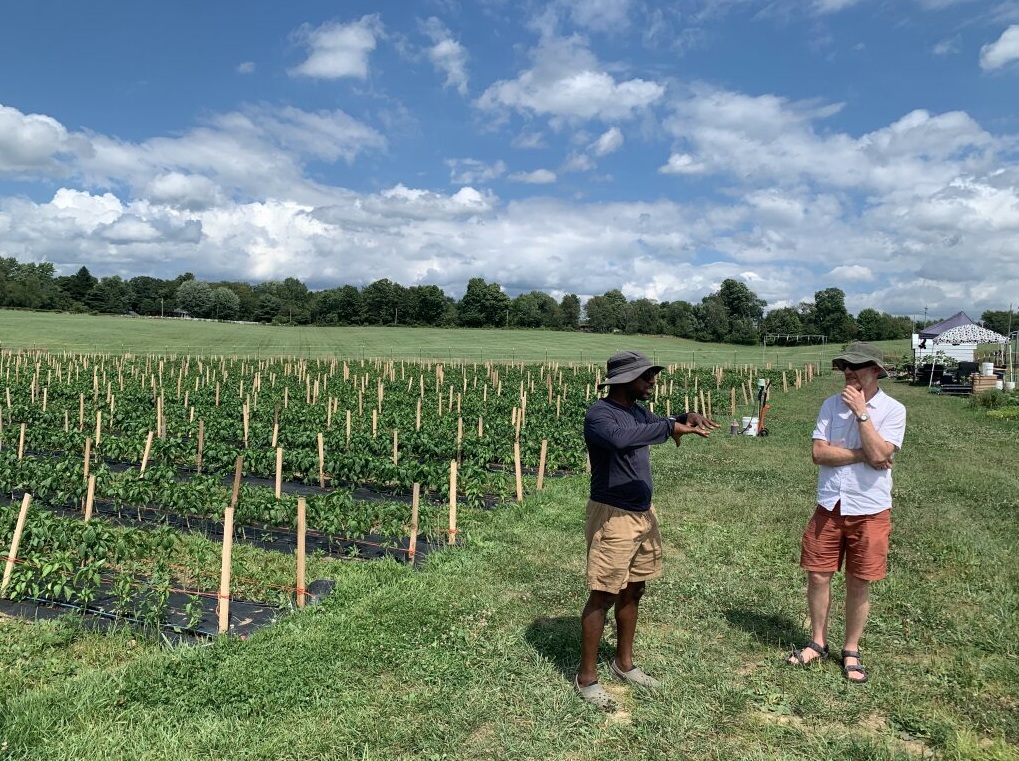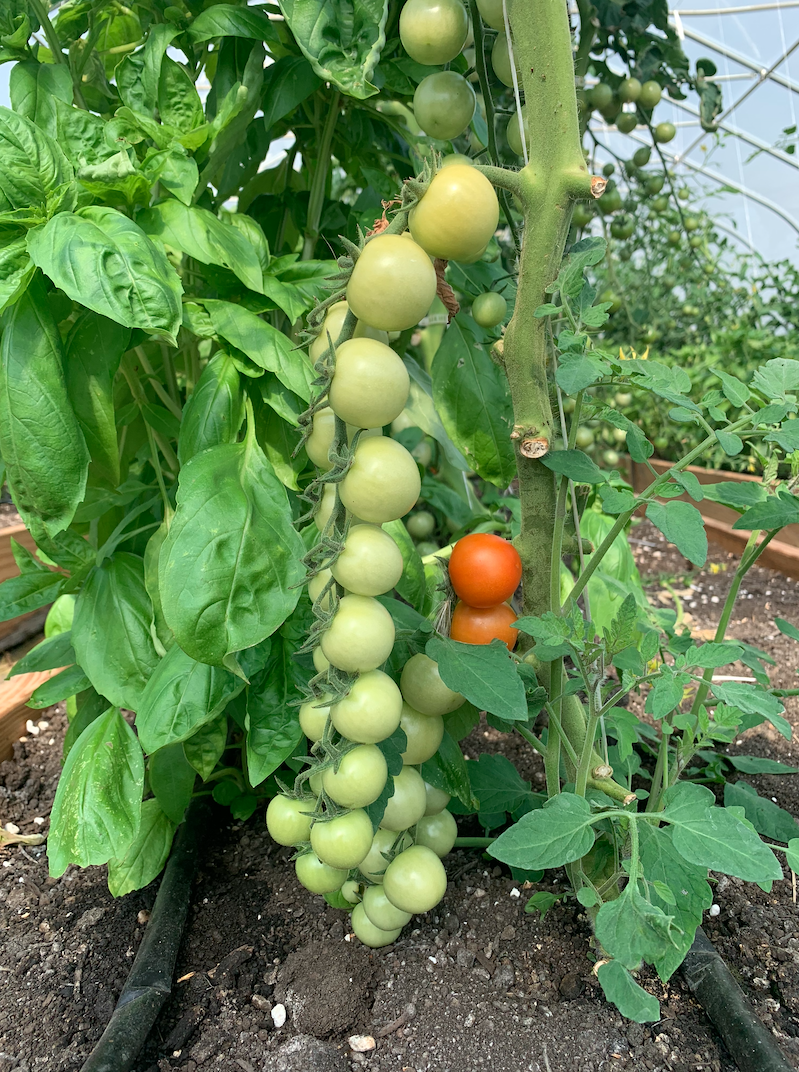An innovation born out of research at The Ohio State University is shaping a new enterprise that could redefine how communities address food insecurity while building local wealth.
At the center of this work is the Microfarm Community Food Development System, advanced by American Farm Enterprise (AFE). AFE was co-founded by Kip Curtis, associate professor of environmental history at Ohio State, and Renée Thompson, a leader in community and economic development. Together, they are demonstrating how microfarms—small-scale, high-yield farming units—can deliver both economic returns and social impact in underserved communities.
“When our faculty and alumni take discoveries into our communities, they positively impact lives, improve farming practices and benefit the broader economy,” said Kevin Taylor, chief innovation officer for the Enterprise for Research, Innovation and Knowledge (ERIK) at Ohio State. “Our role is to help accelerate that process by providing the tools, connections and support to bring innovations like this to market.”
Curtis’s research began with an 8,000-square-foot microfarm, half covered with high tunnels and capable of generating about $30,000 in net annual sales. “One microfarm wasn’t enough to sustain a farmer or compete in the marketplace,” Curtis said. “The breakthrough came when we realized that multiple farms, working as a system through cooperative structures, could achieve scale, stability and shared prosperity.”
That realization grew into a multiyear effort funded by the Foundation for Food and Agricultural Research, which helped establish several demonstration farms, train more than a dozen beginning farmers and launch a cooperative that continues to operate successfully. Mansfield, Ohio, served as one early testing ground, but the work is now part of a broader portfolio of farm projects across the state, each contributing to ongoing research and refinement of the model.
Thompson recognized the opportunity to expand beyond research. “When Kip first mentioned licensing the intellectual property, I encouraged him to form a business,” she said. “That was the beginning of American Farm Enterprise. We created a hybrid structure—a for-profit entity to hold and grow the intellectual property alongside a nonprofit arm that focuses on training, mentoring and research.”
The cooperative design has proven key. “The co-op helps answer the toughest questions—what to grow, how much to grow and who to sell it to,” Curtis said. “By working together, farmers gain the market presence and stability they need to thrive.”


